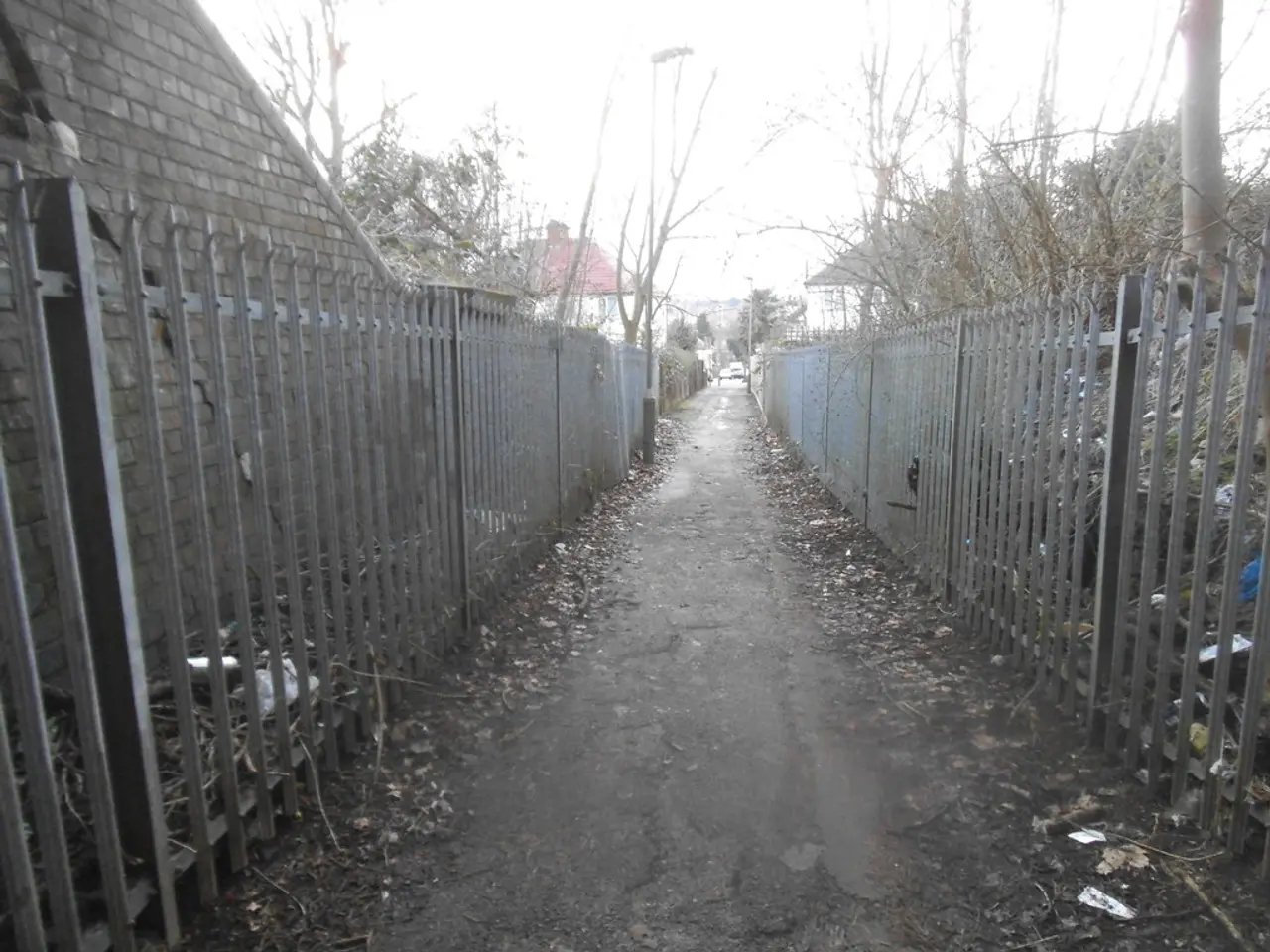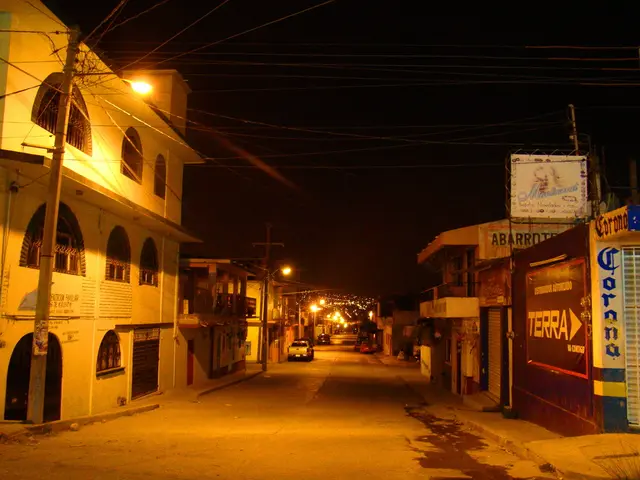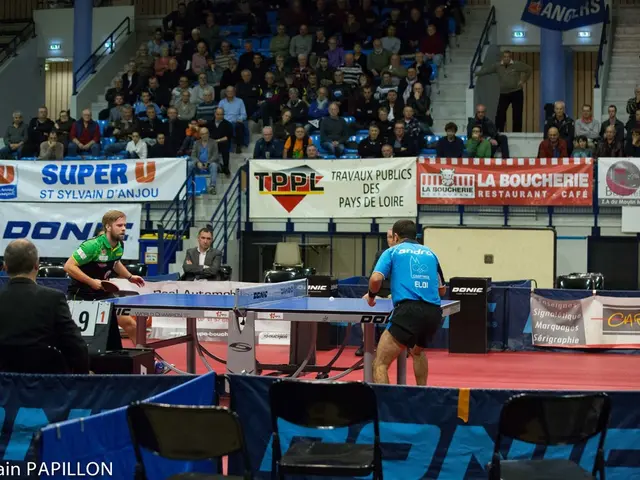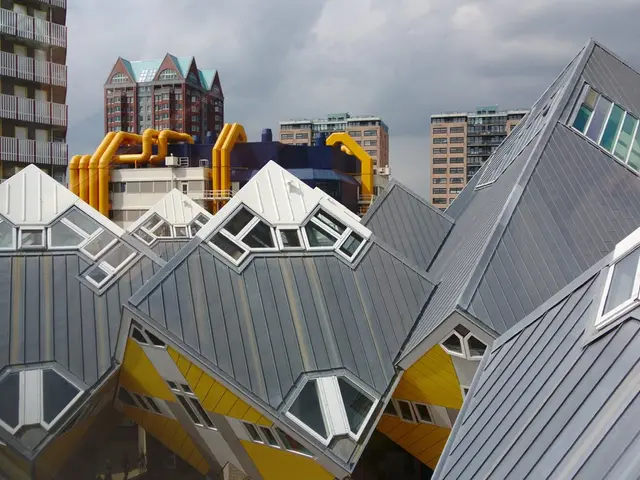Zinc Safeguards South Africa's Infrastructure with Significant Power
In the heart of South Africa's coastal cities and towns, the battle against corrosion is a constant one. The harsh weather and industrial pollutant-rich environments pose significant challenges to the infrastructure, particularly for exposed steel components. However, a reliable solution has emerged, making a significant difference in the durability and longevity of critical assets.
That solution is zinc.
Galvanized coatings, serving as the first line of defense for power pylons and other infrastructure, are a testament to zinc's effectiveness. These coatings provide a physical barrier and act as a sacrificial anode, corroding in preference to the steel substrate. This self-sacrificing galvanic protection prevents failures that could trigger widespread power outages or derailments.
In the realm of marine protection infrastructure, companies like Safal Steel, Macsteel, and infrastructure firms such as Murray & Roberts and Group Five are at the forefront of the application of galvanized steel and galvanized reinforced concrete. Hot-dip galvanized coatings on rail fasteners, signalling poles, overhead line structures, and bridge elements are essential for these critical assets to withstand the marine environment.
The adoption of hot-dip galvanized steel and galvanized rebar is not just a temporary fix but an investment in infrastructure that endures for generations. This is particularly crucial for South Africa's coastal rail networks, which are particularly vulnerable to corrosion due to constant exposure to salt-laden air. Chloride ions in the coastal environment accelerate rusting of steel tracks, fasteners, signalling equipment, and bridges. Galvanized rebar, critical in these environments, delays the onset of corrosion and extends the service life of bridges, parking garages, and marine structures.
When applied as a coating through hot-dip galvanizing, zinc forms a metallurgical bond with steel, resulting in outstanding durability, abrasion resistance, and long-term performance. This process also minimizes the need for repainting or maintenance, providing substantial whole-life cost savings.
The International Zinc Association (IZA) Africa's Director, Simon Norton, underscores the importance of zinc, stating it as the most effective and reliable solution for protecting steel infrastructure from corrosion. Zinc coatings are fundamental to resilient and sustainable infrastructure as they extend the service life of steel, reduce maintenance, improve safety, and ensure reliability across critical infrastructure systems.
In a nutshell, zinc is a cornerstone in the construction of infrastructure that can withstand the test of time, ensuring the reliable supply of power and transportation in South Africa's coastal cities and towns.
Read also:
- Understanding Hemorrhagic Gastroenteritis: Key Facts
- Stopping Osteoporosis Treatment: Timeline Considerations
- Tobacco industry's suggested changes on a legislative modification are disregarded by health journalists
- Expanded Community Health Involvement by CK Birla Hospitals, Jaipur, Maintained Through Consistent Outreach Programs Across Rajasthan








